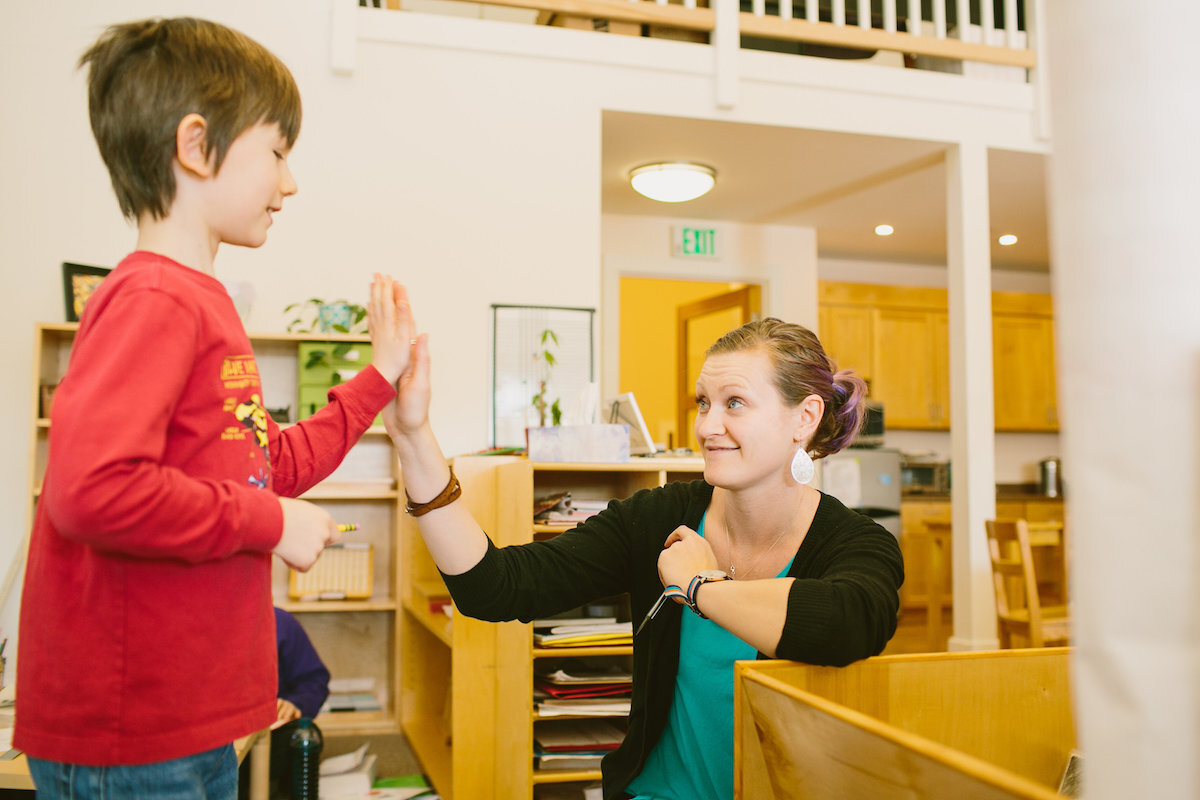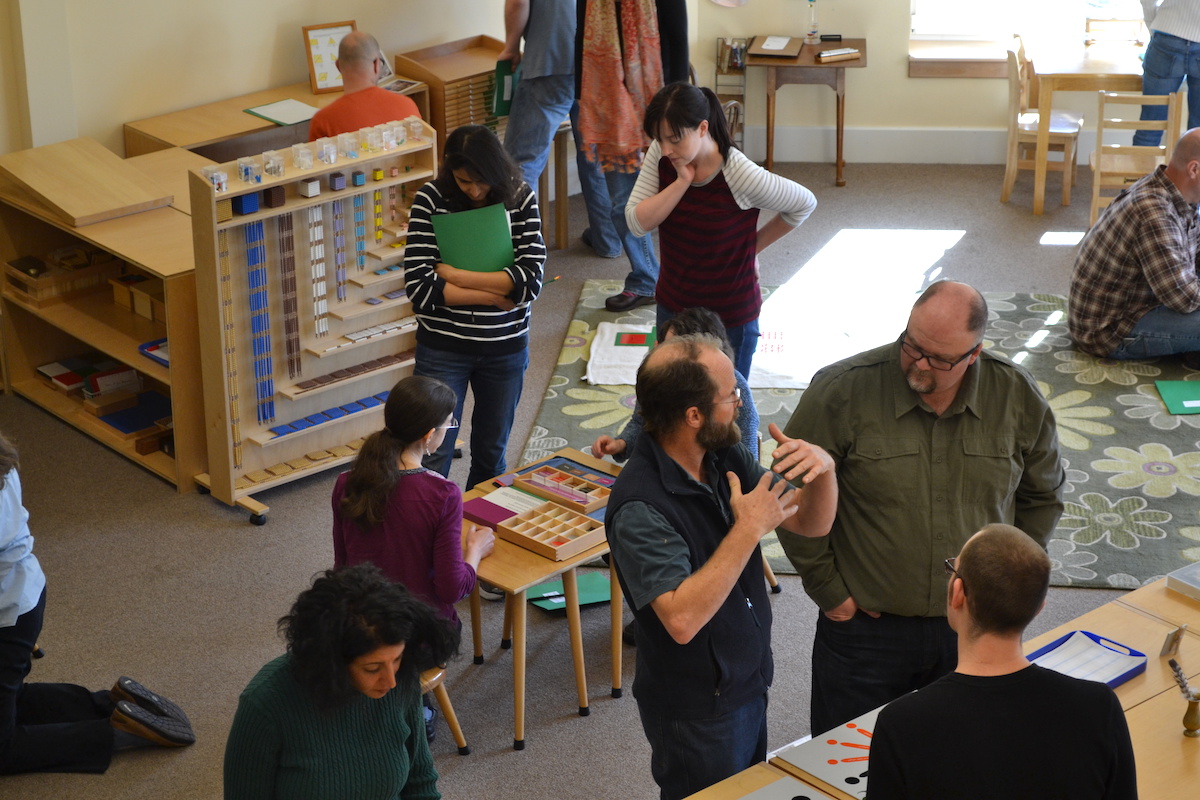New Year’s Eve can be a really fun night for adults and kids alike. There’s something special about a fresh start and finding ways to celebrate as a family has the potential to establish traditions and make memories.
Whether you already have plans or not, read on for some fun facts and ideas!
Go out or stay in?
One time-honored way to celebrate the new year is to hire a babysitter and head off to a party. This can be a fun way for busy parents to reconnect with a partner, catch up with friends, and have a little fun.
If you plan to spend the night with your kids, you still have options: stay home for a night of celebrating or attend local festivities. Many cities and towns have their own first night celebrations - if you have never been, you are in for a treat! Activities and sights might include live music, ice sculptures, street performers, face painters, and of course, plenty of tasty food. Some events even include a fireworks display. One benefit of taking your younger children to a first night event is that they can participate in the festivities, and still get home for a reasonable bedtime.
One last (really great) option is to stay home for the night and celebrate. This is a great idea for all ages; little ones get the rest they need, older kids can invite friends over to join in the fun, and there’s a whole lot less pressure on the adults. Add in a few games and snacks, and maybe watch the ball drop on the TV, and the night will surely be a success. We share more fun ideas toward the end of this post.
Traditions around the world
People across the globe celebrate the new year in a variety of fascinating ways. Here are just some of the many traditions:
In some parts of Brazil, it’s customary to head to the beach and jump over seven waves for good luck in the coming year.
Buddhist temples in Japan ring their bells to celebrate. The interesting part is they ring them 108 times, to symbolize the number of human desires - which lead to human suffering - in order to alleviate some of that suffering. Eating soba noodles is another tasty tradition!
One of the more famous international traditions takes place in Spain, where twelve grapes are eaten during the twelve strokes of the clock at midnight. The catch is you must finish them all before the clock finishes chiming for good luck during each month of the coming year.
The Dutch eat a donut-like dessert called olie bollen. Its ring shape is meant to symbolize coming full circle.
Many places, like the United States and France, look to champagne as their drink of choice on New Year’s Eve. People in parts of the United Kingdom enjoy Wassail (a type of hot mulled cider) instead. Russians like champagne, but they write a wish on a piece of paper, burn it, and toss it into a glass of bubbly that they must then drink.
In Greece, a special sweet bread is made to be eaten at midnight. A single coin is baked within, and the person who gets the piece with the coin is considered lucky. Greeks also hand an onion from the doors and wake their children in the morning by tapping them with it!
In the Philippines, circles are important and lucky; people eat plenty of round fruits for New Year’s to bring prosperity.
In Denmark, people save up all their old and chipped plates and dishes to throw at each other’s front doors on New Year’s Eve. The more shards on your doorstep in the morning, the better. In South Africa they throw old appliances out the window.
Red is a lucky color in Chinese culture, and many families make sure their front door is painted red for the new year.
The Swiss drop dollops of whipped cream on the floor - intentionally - to wish richness into the new year.
In Estonia, eating is serious business when ringing in the new year. Seven, nine, and twelve are all lucky numbers, and you must choose one of the numbers and eat that many times.
In Finland, tin is melted and dropped into water. The shapes the hardened tin create are meant to represent what the new year will bring.
The Scottish call their celebration Hogmanay, which involves swinging balls of fire, enthusiastic parades, and a special tradition regarding whoever steps first over the threshold of a home in the new year.
Fun family ideas
So you’ve decided to stay in and have fun together as a family? Looking for ideas that will help make memories? Look no further…
Food!
Eating tasty snacks is half the fun when it comes to celebrating. Here are a few ideas to help break away from your typical nightly routine.
Appetizers for dinner - brainstorm everyone’s favorite snacks, make up a bunch of plates, and leave them out to munch on throughout the evening. Think cheese and crackers, veggies and hummus, cut fruit, chips and dip, or perhaps something a little more fancy.
Cook a fancy meal together. Flip through your cookbooks and choose something that sounds good to everyone. Even the youngest children will have fun mixing and measuring. Set the table, light some candles, and feast in great company.
Mix up some mocktails. A little juice plus a bit of seltzer, with a few pomegranate seeds tossed in, and you have something special.
Fun!
Pass the hours away enjoying each other’s company and having a few laughs.
Break out the board games. With the whole night ahead of you, what’s the rush? Whether it’s CandyLand or Monopoly, or a silly made-up card game, your children will remember this quality time spent together.
Have a movie marathon. Rewatch your favorites or try something new. Even better? Share one of your childhood favorites with your kids.
Make New Year’s Eve crowns, using whatever you have on hand. It can be as simple as cut paper and markers, or you can add stickers, glitter, or whatever else you and your children come up with.
Plan out some family fun for the coming year. Set goals, dream about vacations, or figure out what projects you want to do together around the house.
Countdown!
If you plan on staying up until midnight, figure out a fun way to ring in the new year. Countdown from ten together, add in some noisemakers, and shout out Happy New Year!
May 2020 be a great year for us all.






